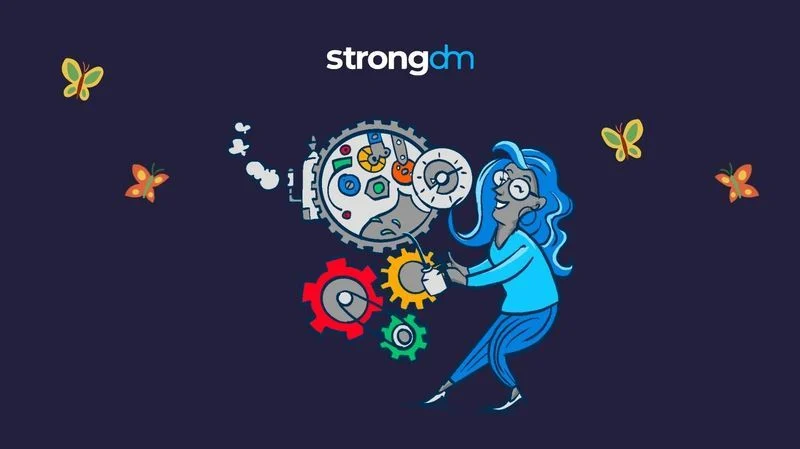

Written by
Maile McCarthyLast updated on:
February 7, 2023Reading time:
Contents
Built for Security. Loved by Devs.
- Free Trial — No Credit Card Needed
- Full Access to All Features
- Trusted by the Fortune 100, early startups, and everyone in between
It’s that time of year—rain is falling, flowers are blooming. Spring is in the air. As your thoughts turn toward spring cleaning your home (did someone say pressure-washer?), it’s also a good time to spring clean your access management.
The following tools and resources will help you declutter your accounts, improve existing processes, and establish new habits to keep your access clean and tidy all year long.
Organize Your Access Inventory
Over time, infrastructure access can become a labyrinth full of twists and turns and forgotten corners. It’s time to clear away the cobwebs. Begin with a detailed inspection of your current inventory. Have you removed access from all terminated employees? What about former vendors and contractors?
Consider current employees as well. Do team members who have changed roles need the same access to critical systems? Have you revoked temporary access that is no longer required? When was the last time you aligned roles to access needs?
Additionally, if you’re using a PAM tool, now is a great time for an audit.
Here are some resources to get you organized:
- Getting Started: Role & Access Discovery
- Rise of the Zombie Accounts: 8 Tips to Protect Your Assets
- How to Audit Privileged Access Management
Revitalize Your Processes
After you’ve confirmed that access to systems looks good, it’s time to
review your existing processes.
Examine your methods for onboarding and offboarding. Consider what’s working well and what could use an upgrade. Gather input from all relevant departments to determine which systems and processes would benefit from simplified access.
Here are some resources to help you clean up your techniques:
- Is Your Infrastructure Access Ready to Scale?
- Technical Staff Onboarding Checklist 2022
- All Offboard! The 2022 Tech Staff Offboarding Checklist
Brush Up on the Basics
Innovation is just as important as elbow grease when it comes to spring cleaning. Now is a great time to uncover what’s new in the space and brush up on the basics.
Take some time to review the latest best practices, tools, and information available. You may be surprised by what you discover.
- Infrastructure Access | Glossary of Terms
- Definitive Guide to Identity and Access Management (IAM)
- Identity & Access Management (IAM) Best Practices
- Why Access Management Is Overdue for Innovation
Want to make spring cleaning your access a little lighter next year? StrongDM can help your team establish healthy access habits. Check out Getting Started: Role & Access Discovery to begin spring cleaning your access today.
Next Steps
StrongDM unifies access management across databases, servers, clusters, and more—for IT, security, and DevOps teams.
- Learn how StrongDM works
- Book a personalized demo
- Start your free StrongDM trial


About the Author
Maile McCarthy, Contributing Writer and Illustrator, has a passion for helping people bring their ideas to life through web and book illustration, writing, and animation. In recent years, her work has focused on researching the context and differentiation of technical products and relaying that understanding through appealing and vibrant language and images. She holds a B.A. in Philosophy from the University of California, Berkeley. To contact Maile, visit her on LinkedIn.
You May Also Like




